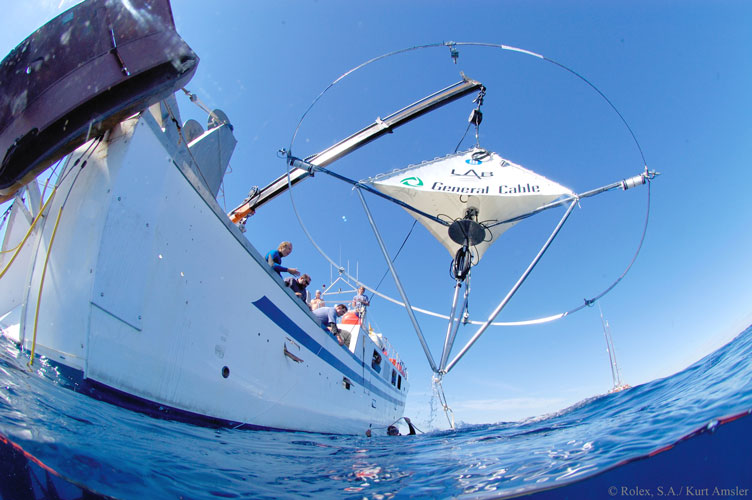

The challenge here was to implement technological developments that combine the interests of the industry and the good environmental status of the ocean. Originated in the European Sea-Floor Observatory Network of Excellence (ESONET) in 2007, the Laboratory of Applied Bioacoustics (LAB), from the Technical University of Catalonia (UPC, Barcelona Tech) is currently leading an international project titled “Listen to the Deep Ocean Environment (LIDO, http://listentothedeep.com)” to apply and extent developed techniques for noise measurement and passive acoustic monitoring to cabled deep sea platforms and moored stations. The software framework, called SONS-DCL, is currently active at the ANTARES, France (http://antares.in2p3.fr/) neutrino observatory, the OBSEA, Spain (http://www.obsea.es) shallow water test site, the NEPTUNE Canada (http://www.neptunecanada.ca/) observatory, the JAMSTEC, Japan (http://www.jamstec.go.jp/e/) network of underwater observatories and at the NEMO, Sicily (http://nemoweb.lns.infn.it/) site after the observatory has been redeployed. Part of the system is being tested for suitability on autonomous gliders and towed arrays in collaboration with the NURC (NATO Undersea Research Center, http://www.nurc.nato.int/) and is implemented in several autonomous radio-linked buoys. It is also currently analysing all the CTBTO (Preparative Commission for the Comprehensive Nuclear-Test-Ban Treaty Organization, http://www.ctbto.org/) data files from 5 hydroacoustics stations in the Southern Hemisphere. The software contains several independent modules to process real-time data streams. Among these, there are dedicated modules for noise assessment, detection, classification and localization of cetaceans and other acoustic events.
The noise measurement module computes statistics on fixed length intervals, especially following the recommendations of the European Marine Strategy Framework Directive (2008/56/EC), as well as noise trends over large time series. In particular, the Descriptor 11.1 (Tasker et al. 2011) focuses on high amplitude impulsive anthropogenic sound within a frequency band between 10Hz and 10 kHz, assessed using either sound energy over time (Sound Exposure Level SEL) or peak sound level of the sound source, while the Descriptor 11.2 addresses background noise without distinguishable sources that can lead to masking of biological relevant signals, alter communication signals of marine mammals, and through chronic exposure, may permanently impair important biological functions. This latter indicator requires a set of sound observatories to enable trends in anthropogenic background noise to be followed (noise within the 1/3 octave bands 63 and 125 Hz, centre frequency).










